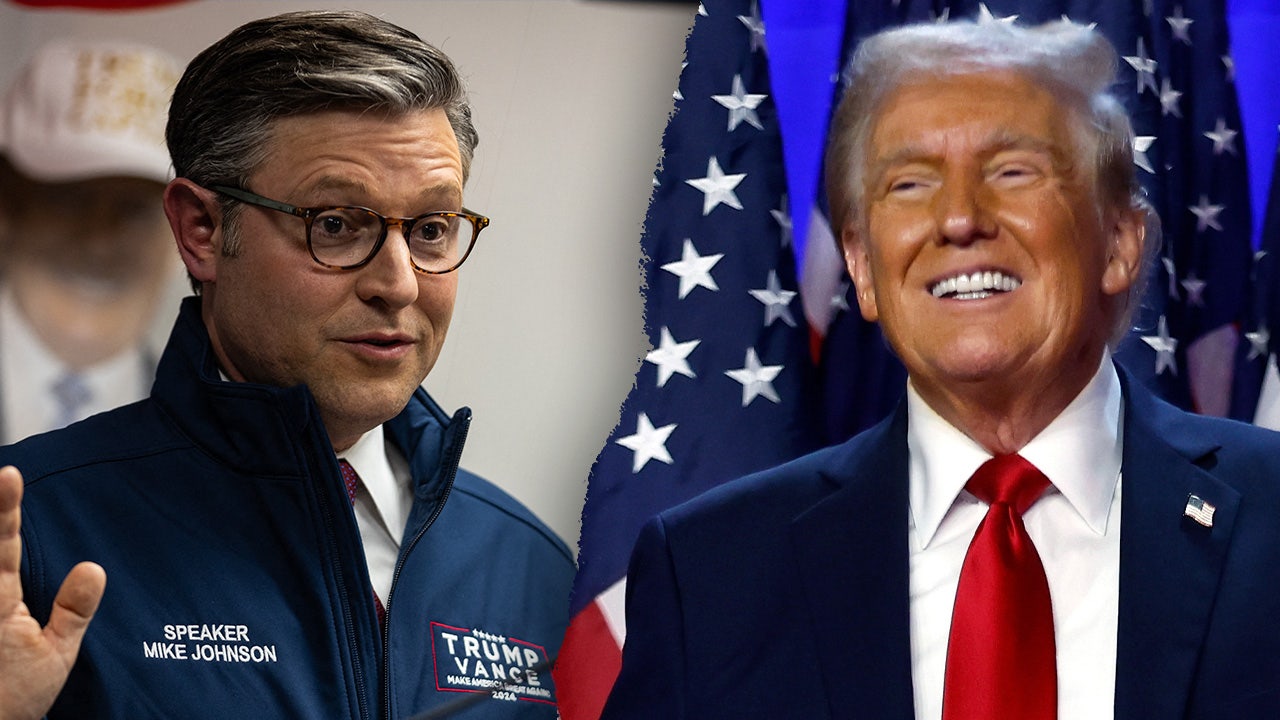Politics
Trump budget bill survives key hurdle despite House Republican infighting

A Mammoth Bill Advances: A Key Step Toward Trump’s Policy Goals
A sweeping bill that aims to advance a wide range of President Donald Trump’s policy objectives has cleared a critical hurdle, bringing Republicans one step closer to their goal of passing the legislation by May. On Thursday, the bill passed the House Budget Committee with a party-line vote of 21 to 16, setting the stage for a full House vote later this month. This progress came despite last-minute negotiations that cast doubt on the bill’s passage, even as the committee convened to discuss the text on Thursday morning. The 45-page resolution outlines a comprehensive plan to cut at least $1.5 trillion in spending, while allocating $300 billion in new spending for border security, national defense, and the judiciary. Additionally, it includes $4 trillion to address the debt limit and extends Trump’s 2017 Tax Cuts and Jobs Act (TCJA) by $4.5 trillion over the next decade.
The Bill’s Ambitions: Spending Cuts, Tax Extensions, and More
The legislation is a bold attempt by House and Senate Republicans to use the budget reconciliation process to push through a wide array of Trump’s policy priorities. These include enhancing border security, eliminating taxes on tipped and overtime wages, and advancing fiscal measures that align with the president’s agenda. By leveraging reconciliation, Republicans aim to lower the Senate’s passage threshold from two-thirds to a simple majority, allowing them to pass the bill with no Democratic support, provided the measures are tied to budget and fiscal matters. Conservative spending hawks on the House Budget Committee initially demanded deeper spending cuts to offset the new tax allocations, but an amendment was introduced to address these concerns. The amendment mandates a reduction in the $4.5 trillion tax allocation if spending cuts fail to reach at least $2 trillion, while offering to increase tax cuts if spending reductions exceed $2 trillion.
Overcoming Internal Divisions: A Fragile Consensus
The bill’s passage through the House Budget Committee was far from smooth. Earlier disagreements over the baseline for spending cuts forced a postponement of the committee vote last week. However, after intense negotiations, an amendment was agreed upon to win over skeptical conservatives. Rep. Ralph Norman, R-S.C., a fiscal hawk on the Budget Committee, expressed satisfaction with the compromise, calling it a “good amendment” that aligns with Republican pledges to cut spending responsibly. Meanwhile, Senate Republicans advanced their own narrower version of the bill, focusing on border security and defense funding while delaying action on Trump’s tax cuts. House Speaker Mike Johnson, R-La., dismissed the Senate’s approach as a “nonstarter,” highlighting the challenges ahead in reconciling the two chambers’ competing visions.
The Long Road Ahead: Legislative Hurdles and Party Unity
While Thursday’s committee vote marked a significant milestone, the bill still faces a long and arduous path to final passage. Once the budget resolution is adopted, it will instruct various House committees to identify specific spending cuts and policy changes within their jurisdictions. These proposals will then be consolidated into a single, sprawling bill. Both the House and Senate must agree on a compromise version of the legislation, a task that could prove contentious given the differences between their respective plans. With razor-thin majorities in both chambers—just one seat in the House and three in the Senate—Republicans can ill afford any internal dissent. The slightest defection could derail the bill, underscoring the importance of maintaining party unity as the legislative process unfolds.
The Broader Implications: A Test of Republican Resolve
The bill represents more than just a policy agenda; it is a defining test of Republican unity and resolve under President Trump’s leadership. By leveraging reconciliation to bypass Democratic opposition, Republicans are betting on their ability to govern with slim majorities. If successful, the legislation would mark a significant achievement for Trump’s agenda, securing key priorities on taxes, border security, and spending cuts. However, failure could deepen divisions within the GOP and undermine its ability to govern effectively in the remainder of Trump’s term. As the bill moves forward, all eyes will be on Republican leaders to see if they can navigate the treacherous legislative landscape and deliver on their promises.
Conclusion: A High-Stakes Battle with Far-Reaching Consequences
The fate of President Trump’s sweeping policy bill remains uncertain, but its passage through the House Budget Committee signals that Republicans are determined to push forward. The legislation’s ambitious mix of spending cuts, tax extensions, and policy priorities reflects the GOP’s broader vision for the country. However, the road ahead is fraught with challenges, from internal party disagreements to the daunting task of reconciling House and Senate versions of the bill. Whether Republicans can overcome these obstacles and deliver a unified piece of legislation to Trump’s desk will have far-reaching implications for the party’s legislative agenda and its ability to govern in the years to come.


















